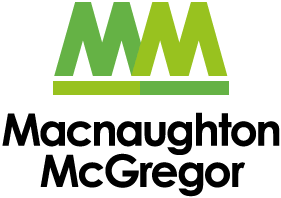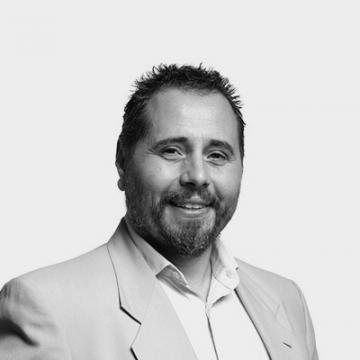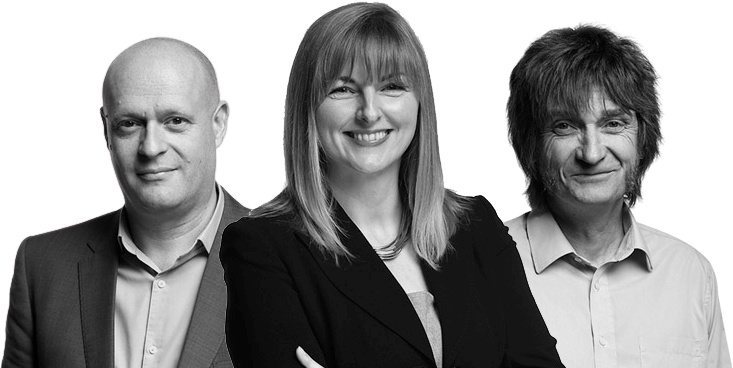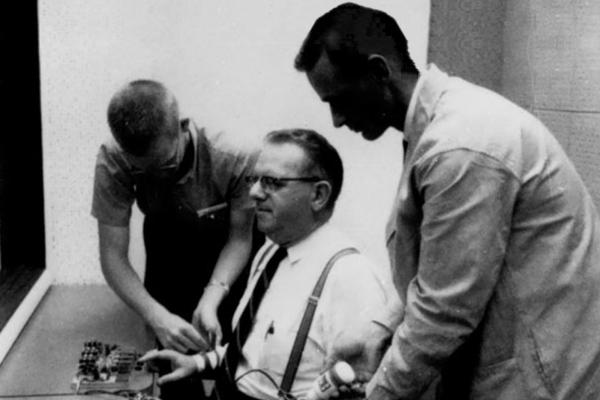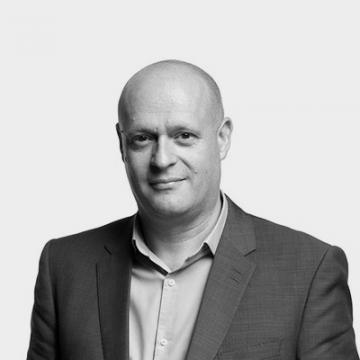Becoming injury and incident free with Target Zero
The concept of Target Zero first started to gain traction many years ago. It was the simple philosophy that an organisation would aim to create an environment which was injury and incident free.
A great aim but right from the outset there were degrees of push back. Objections included:
- It’s demoralising when we don’t meet it…
- It’s unrealistic, it can’t be achieved…
- Zero is not our real target our real target is 1.5 and people know that…
After decades of Target Zero embedding itself into many organisations, the same objections are still getting airplay.
Following a particularly difficult conversation regarding Target Zero my mind wandered to another interest in my life, science. I started to draw the parallels between Target Zero in the workplace and the scientific quest to attain absolute zero.
Absolute zero is agreed to be −273.15 degrees Celsius or zero degrees Kelvin. The concept of absolute zero was first raised in the early 1700s when the French inventor Guillaume Amontons contended that if temperature is the measure of heat in a system, then there must be a lowest possible temperature. The race was on.
- In 1845 Michael Faraday achieve a temperature of −130°C and managed to liquify most gasses… Low enough?
- In 1877 , Louis Paul Cailletet in France and Raoul Pictet in Switzerland succeeded in producing the first droplets of liquid air at −195°C… Low enough?
- In 1898, Scottish Chemist James Dewar and Dutch physicist Heike Kamerlingh Onnes
liquefied hydrogen at −252°C… Low enough?
- Jumping forward to the 21st century, Professor Ernst Rasel of Leibniz Universität Hannover managed to cool atoms inside a magnetic trap to 38 trillionths of a degree above -273 degrees Celsius. The whole process lasted 2 seconds, but it is thought he may be able to extend it to 17 seconds…
Low enough? Watch this space.
Physics dictates that absolute zero can never be attained. Despite this fact scientists continue and the journey has brought many advancements including superconductors, essential for such things as high-speed computing, MRI scans and electromagnetic transport to the creation of superfluids that can assist in the study of quantum mechanics. As this quest continues, lower and lower temperatures are starting to unlock the fundamental nature of matter and give us insights into the very creation of the universe.
None of this would have been possible if in 1845 the scientific community had of said
- It’s demoralising when we don’t meet it…
- It’s unrealistic, it can’t be achieved…
The same mindset needs to be adopted for Target Zero. Target Zero may not be achievable, practically we may never get there. The feasibility of the destination, however, is not the issue. The prize is the innovation and the potential gains that we unlock on the journey.
Shaun Curry is Head of Behavioural Safety and you can get in touch with him via Shaun@2macs.com
